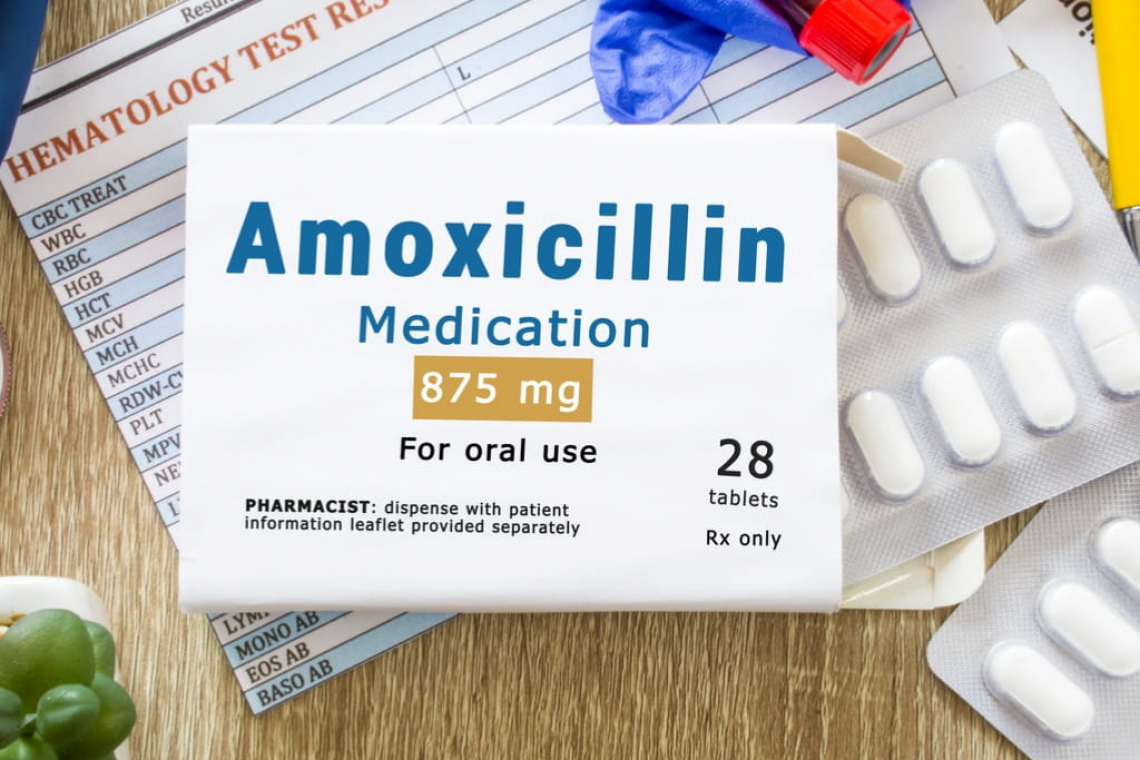Three of the largest manufacturers of the common antibiotic amoxicillin are reporting supply concerns.
Hikma Pharmaceuticals, Teva Pharmaceutical Industries and Sandoz, the generics division of Novartis, have all reported shortages of various doses of the drug, which is most commonly used to treat bacterial infections in children.
Amoxicillin comes as a capsule, a tablet, a chewable tablet and as a liquid to be taken by mouth, depending on the age of the patient.
Most of the shortages were reported in the liquid form of the drug, which is used by young children, according to the University of Utah’s drug information service, which tracks medication shortages, though the database shows the companies reported limited supply of all the versions of the drug.
As of Oct. 25, the university’s drug tracker listed 14 of Hikma Pharmaceuticals’ amoxicillin products and nine products from Teva. The tracker listed 16 products from Sandoz as being in shortage.
The most common reason antibiotics are prescribed for children is to treat ear infections, though they can also be used to treat bacterial sinus and throat infections. According to the Centers for Disease Control and Prevention, amoxicillin is considered a “first-line” therapy, though there are other antibiotics that can be used.
A Food and Drug Administration (FDA) spokesman said the agency was aware “of some intermittent supply interruptions of amoxicillin products in the U.S, and are currently working with the approved manufacturers.”
However, the FDA doesn’t consider amoxicillin to be in shortage because at least one manufacturer is able to fully supply market demand.
Hikma spokesman Steve Weiss said amoxicillin is on allocation, meaning the company has enough supply to fulfill the orders of current customers, but is limiting new orders.
“We are managing distribution to make sure we continue to fully meet our existing supply commitments,” Weiss said. “Our number one priority is to honor the commitments we have to our current customers and allocation allows us to achieve this.”
Leslie Pott, spokeswoman for Sandoz, said there is a “significant demand uptake”
“The combination in rapid succession of the pandemic impact and consequent demand swings, manufacturing capacity constraints, scarcity of raw materials, and the current energy crisis means we currently face a uniquely difficult situation,” Pott said.
She said Sandoz is on track to “strengthen the supply reliability of our antibiotics currently low in stock.”
Teva didn’t respond to a request for comment.


